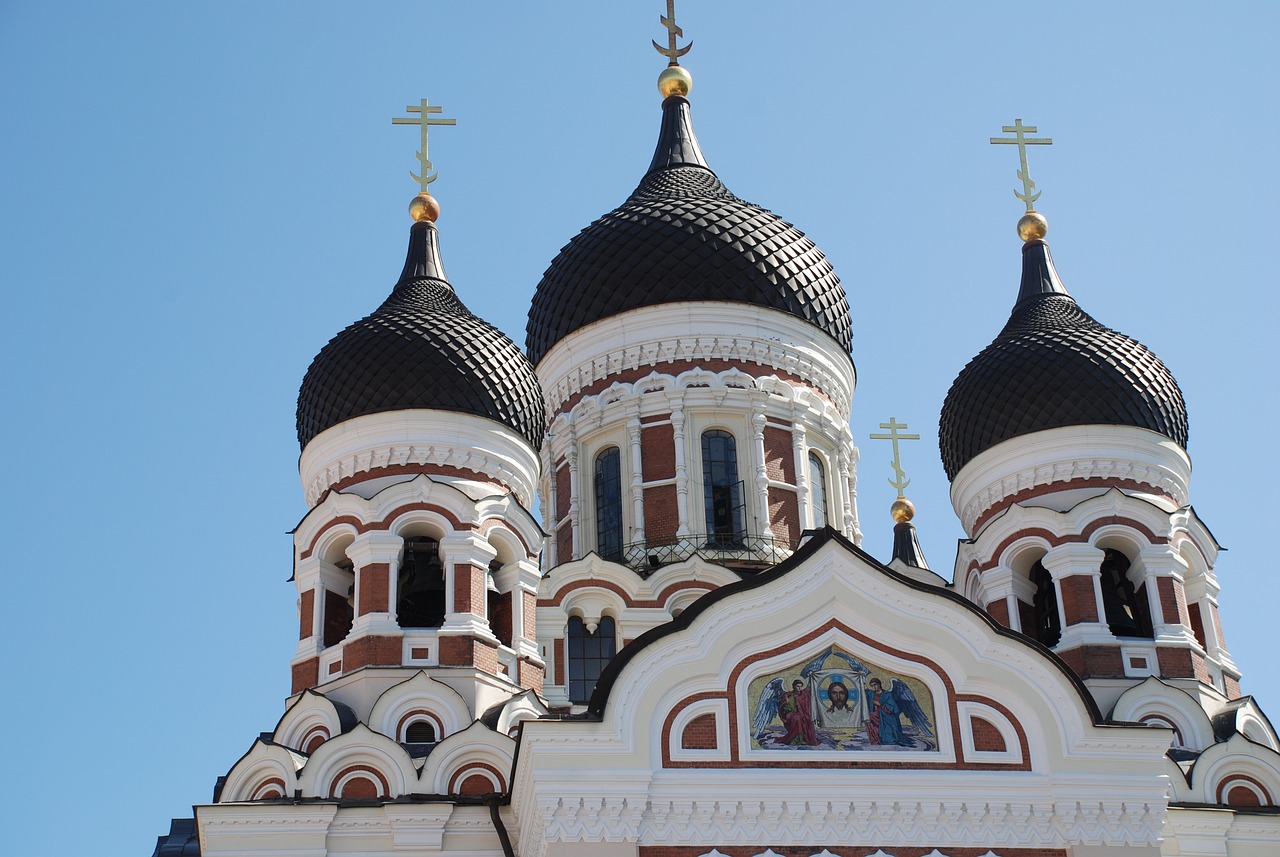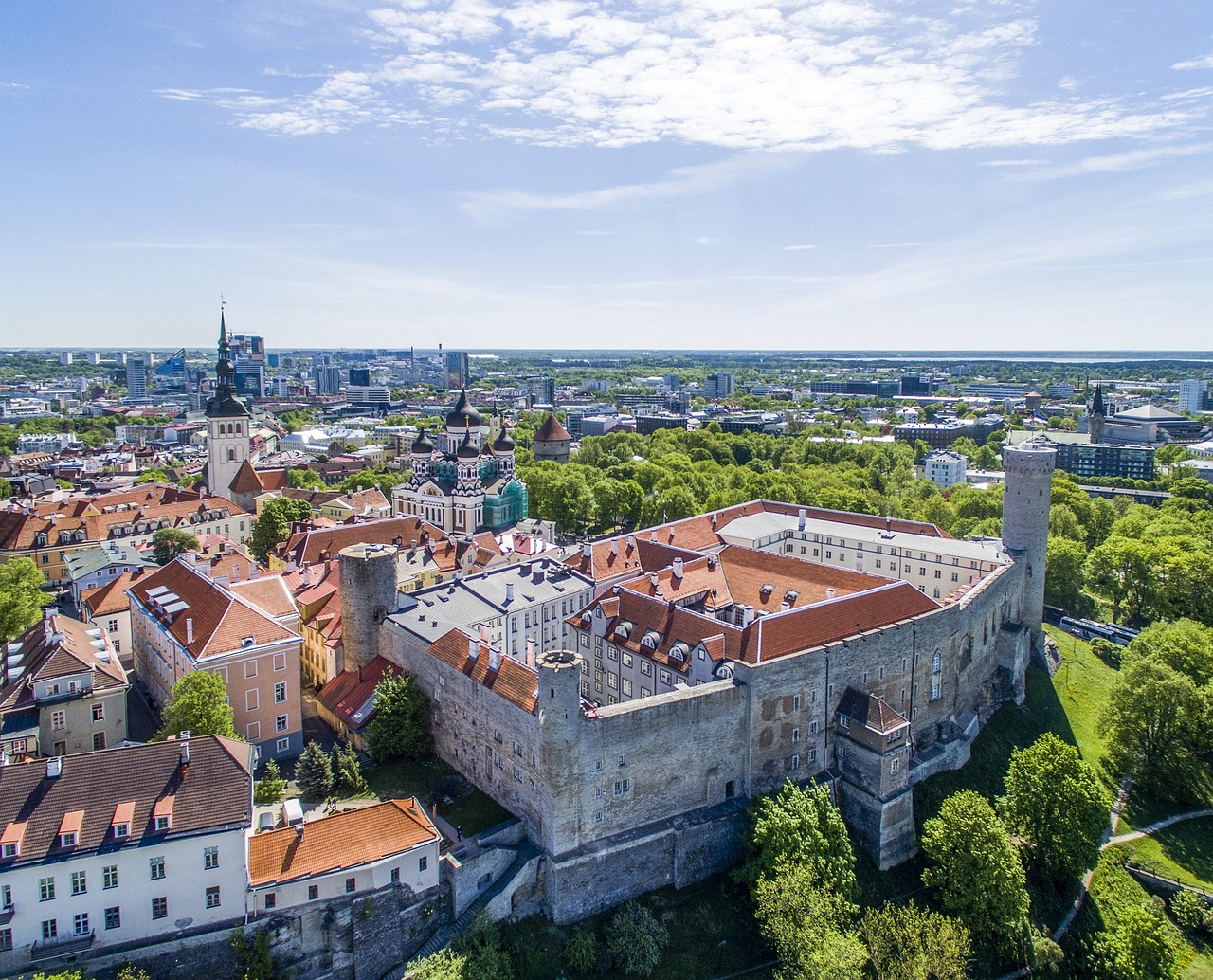Estonia Video
Cultural Sensitivities: Understanding Local Norms in Estonia
Estonia, a beautiful country located in Northern Europe, is known for its rich history, stunning landscapes, and unique culture. To fully immerse yourself in the Estonian experience, it is essential to understand and respect the local norms and cultural sensitivities. This article aims to provide a comprehensive guide to help visitors navigate Estonia’s cultural landscape.
Language: Estonian
Estonian, the official language of Estonia, is a Finno-Ugric language closely related to Finnish and distantly related to Hungarian. While English is widely spoken in tourist areas, making communication easier for visitors, it is still important to learn a few basic Estonian phrases. Locals appreciate the effort and it can enhance your overall experience in the country.
- Tere: Hello
- Palun: Please
- Aitäh: Thank you
- Vabandust: Excuse me
- Nägemist: Goodbye
Greetings and Personal Space
When meeting someone in Estonia, a firm handshake is the customary greeting. Maintain eye contact and address individuals using their proper titles (Mr., Mrs., or Miss) followed by their surname. Estonians value personal space, so it is important to avoid excessive physical contact or invading someone’s personal space unless you have a close relationship with the person.
- Punctuality: Estonians are generally punctual and value timeliness. It is considered respectful to arrive on time for meetings and appointments.
- Greetings: When entering a room or joining a group, it is customary to greet everyone individually with a nod or a brief “Tere” (hello).
- Gifts: If invited to an Estonian home, it is customary to bring a small gift for the host. Flowers or a bottle of wine are popular choices.
Dress Code and Etiquette
Estonians tend to dress more formally for social events and prefer conservative attire. It is advisable to dress neatly and avoid overly casual or revealing clothing, especially when visiting religious sites or attending formal occasions.
- Table Manners: When dining with Estonians, it is polite to wait for the host to start eating before you begin. Keep your hands visible on the table and avoid resting your elbows on it.
- Toasting: Toasting is a common practice in Estonia. When toasting, maintain eye contact with the person you are toasting, and it is customary to clink glasses with everyone at the table.
- Smoking: Smoking is prohibited in most indoor public places, including restaurants and bars. Look for designated smoking areas if you need to smoke.
Social Norms and Customs
Understanding Estonian social norms and customs can help you navigate social situations with ease and respect the local culture.
- Silence: Estonians tend to be reserved and value silence. It is not uncommon for there to be moments of silence during conversations, so do not feel obligated to fill the gaps with small talk.
- Eye Contact: Maintaining eye contact while speaking is a sign of respect and attentiveness in Estonian culture. However, prolonged eye contact may be seen as confrontational.
- Sauna Culture: Saunas hold a special place in Estonian culture. If invited to a sauna, it is customary to bring a towel and follow the local sauna etiquette, which includes sitting on a towel and refraining from talking loudly.
Religion and Traditions
Estonia has a diverse religious landscape, with Christianity being the dominant religion. It is important to be respectful when visiting religious sites and adhere to any dress codes or guidelines provided.
- Midsummer’s Day: Midsummer’s Day (Jaanipäev) is one of the most important holidays in Estonia. Celebrated on June 24th, it involves bonfires, traditional dances, and singing.
- Christmas: Christmas is widely celebrated in Estonia, with traditions such as decorating Christmas trees, exchanging gifts, and enjoying traditional holiday foods.
- Easter: Easter is also an important holiday in Estonia, with traditions including egg painting, Easter egg hunts, and attending church services.
Estonia Image 1:

Food and Dining
Estonian cuisine is influenced by its neighboring countries, with a focus on simple, hearty dishes. Traditional Estonian food often includes potatoes, pork, fish, and various dairy products.
- Kama: Kama is a traditional Estonian dish made from roasted grains, typically served as a dessert or a breakfast porridge.
- Black Bread: Black bread (leib) is a staple in Estonian cuisine. It is a dense and hearty rye bread that is often enjoyed with various toppings.
- Sült: Sült is a cold jelly made from pork, usually served with mustard or pickles. It is a popular dish during holidays and special occasions.
Estonia Image 2:

Arts and Culture
Estonia has a vibrant arts and culture scene, with a strong emphasis on traditional folk music, dance, and theater. The country is also known for its beautiful handicrafts, including woolen products, ceramics, and woodwork.
- Song and Dance Celebration: The Estonian Song and Dance Celebration is a significant cultural event held every five years. It brings together thousands of performers showcasing traditional music, dance, and choral singing.
- Kalevipoeg: Kalevipoeg is an epic poem considered the national epic of Estonia. It tells the story of a mythical hero and is an important piece of Estonian literature.
- KUMU Art Museum: Located in Tallinn, the KUMU Art Museum showcases Estonian art from the 18th century to the present day, providing a comprehensive overview of the country’s artistic heritage.
Nature and Outdoor Activities
Estonia’s breathtaking natural landscapes offer numerous opportunities for outdoor activities and exploration. From national parks to picturesque islands, there is something for every nature enthusiast.
- Lahemaa National Park: Lahemaa National Park is Estonia’s largest national park, known for its diverse landscapes, including forests, lakes, and coastal areas. It offers hiking trails, wildlife spotting, and historical sites.
- Saaremaa Island: Saaremaa is the largest island in Estonia, famous for its picturesque countryside and well-preserved medieval architecture. It is a perfect destination for cycling, birdwatching, and relaxing by the Baltic Sea.
- Soomaa National Park: Soomaa National Park is known as the “Land of Bogs” and is a paradise for nature lovers. It offers canoeing, bog walks, and the opportunity to spot unique flora and fauna.
Estonia Image 3:

Conclusion
By understanding and respecting Estonia’s cultural sensitivities, visitors can have a more enriching and enjoyable experience in this beautiful Baltic country. Whether it’s learning a few basic Estonian phrases, following proper etiquette, or immersing oneself in the local traditions, embracing the unique culture of Estonia will undoubtedly leave a lasting impression.
References
– Visit Estonia: visitestonia.com
– Estonian Ministry of Foreign Affairs: vm.ee
– Estonian Institute: estinst.ee


